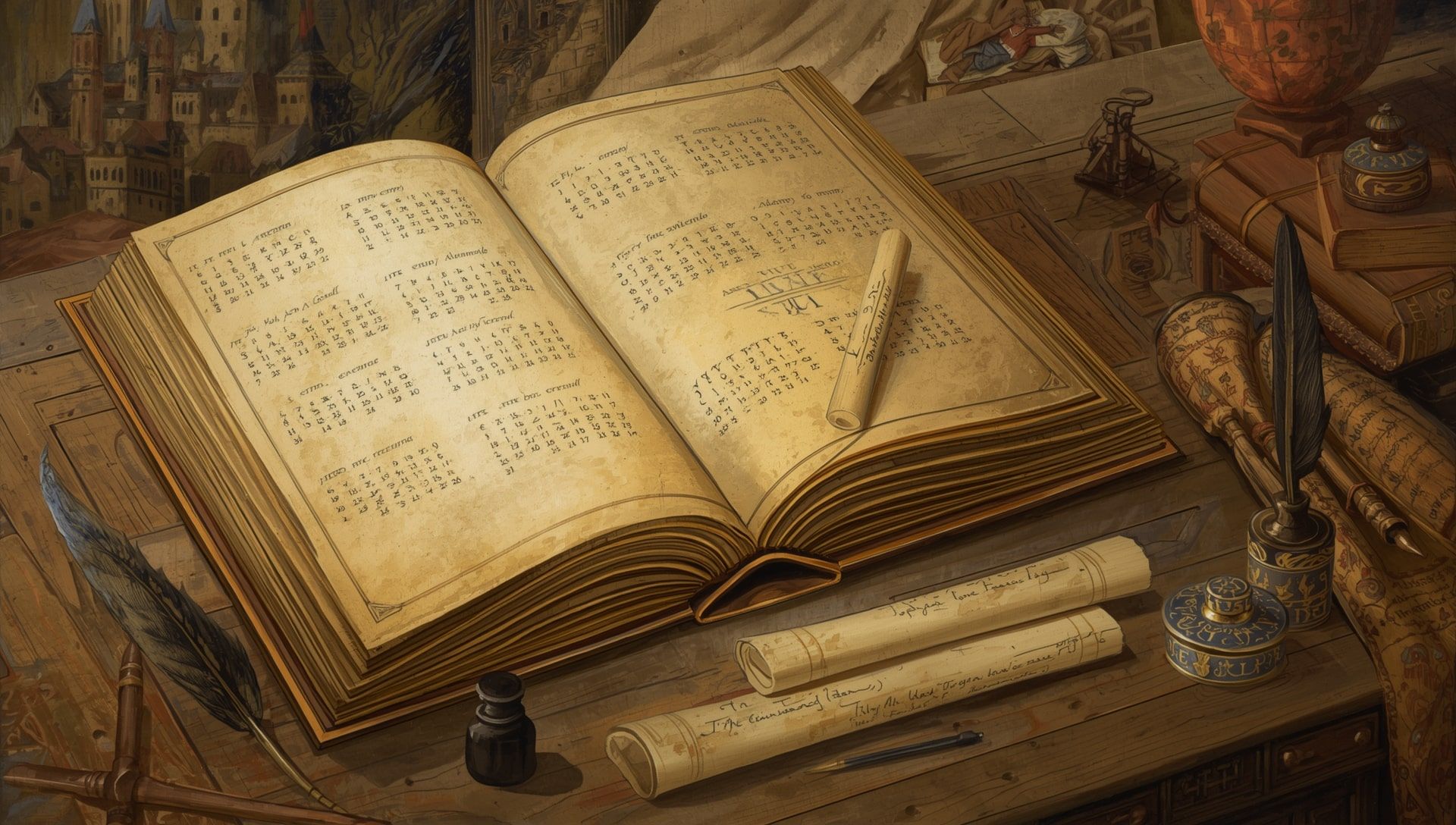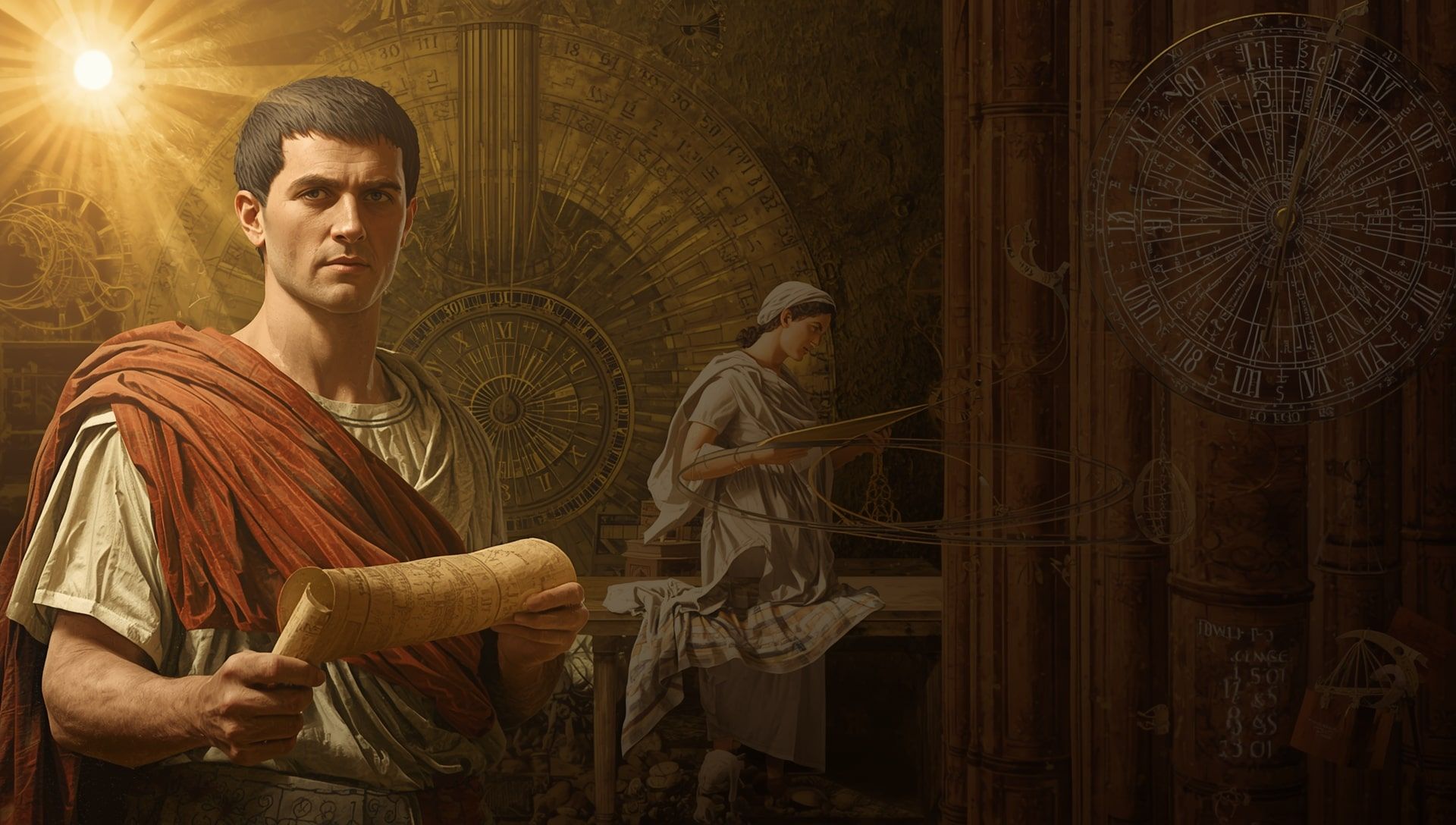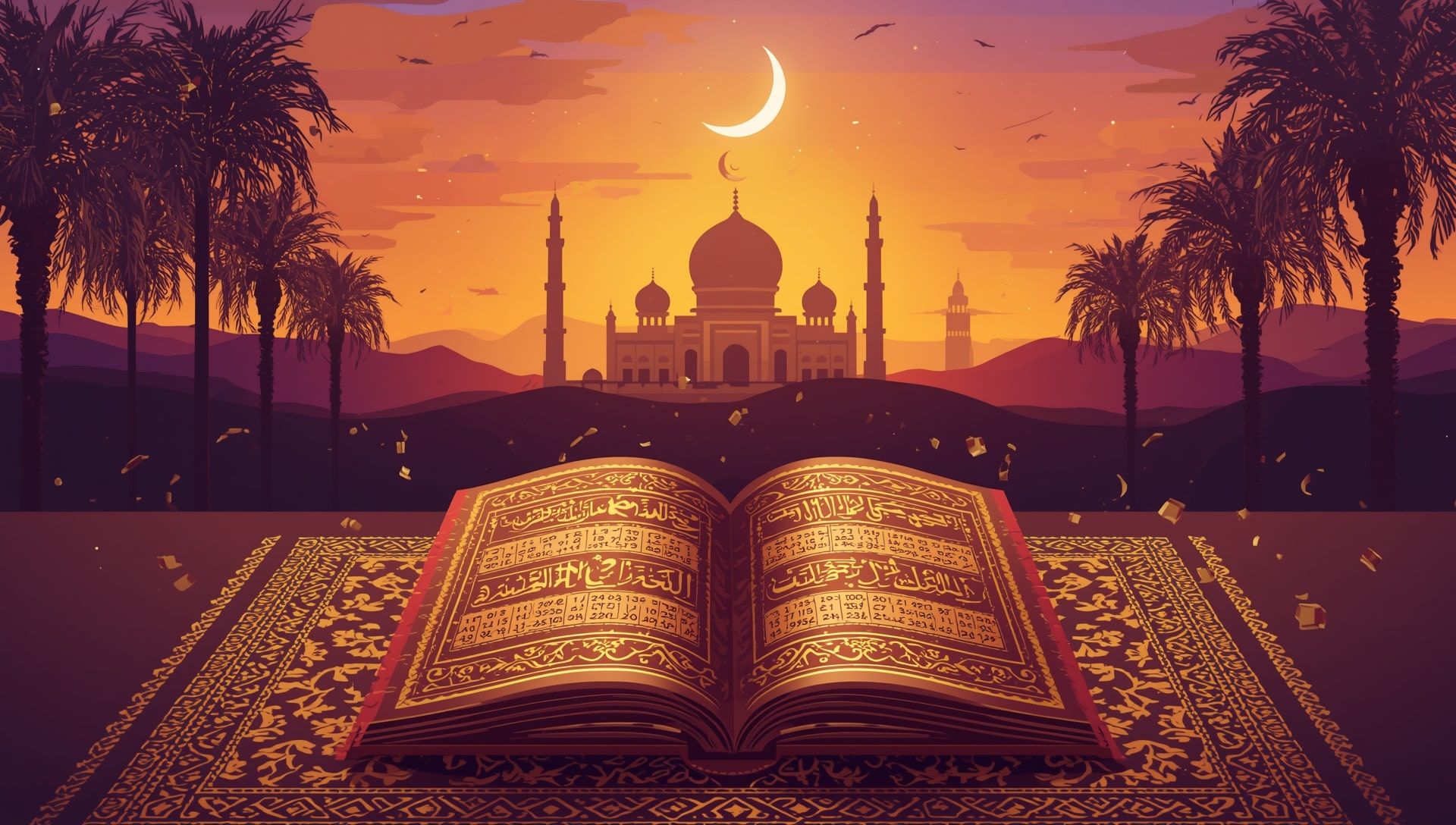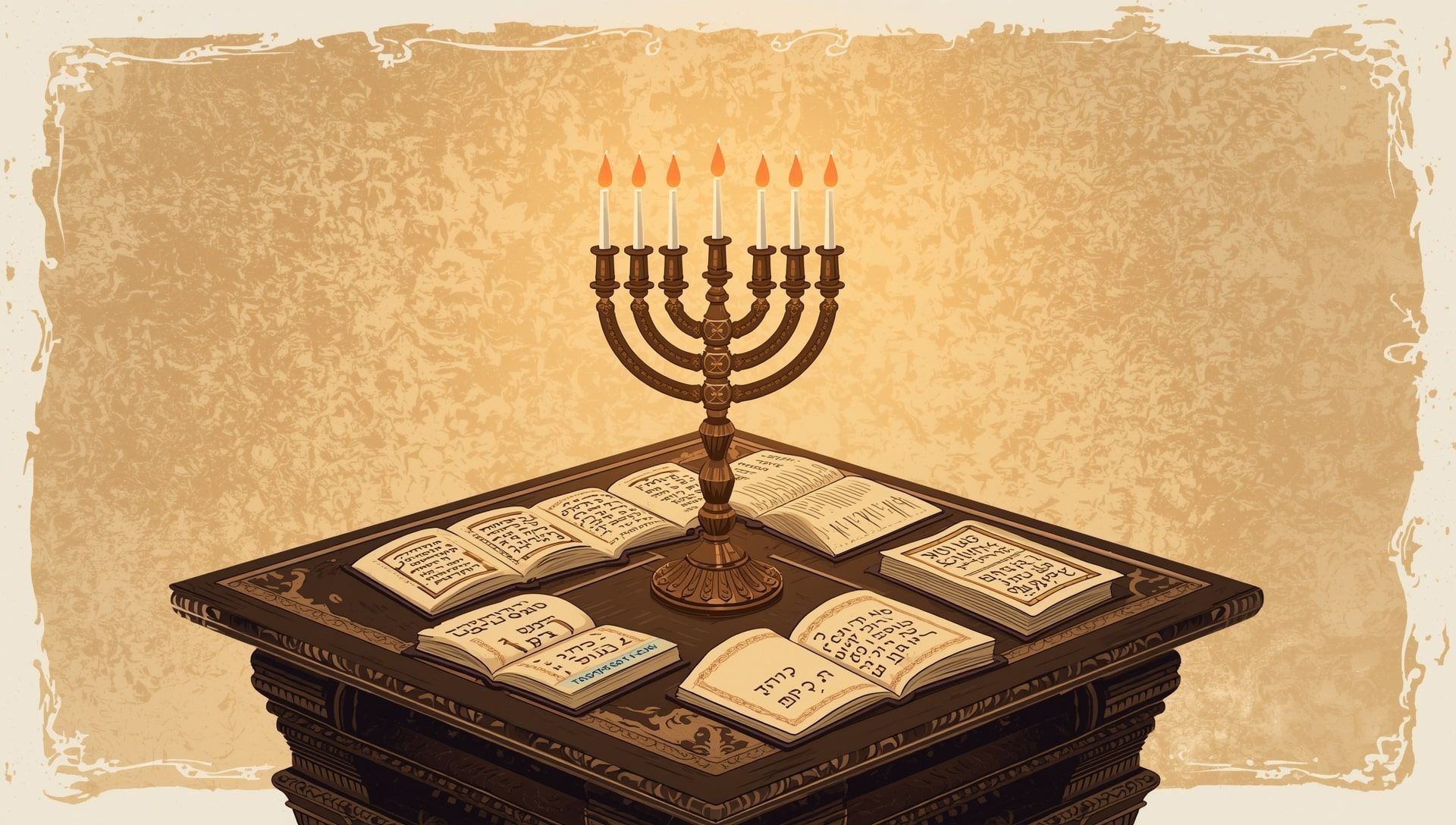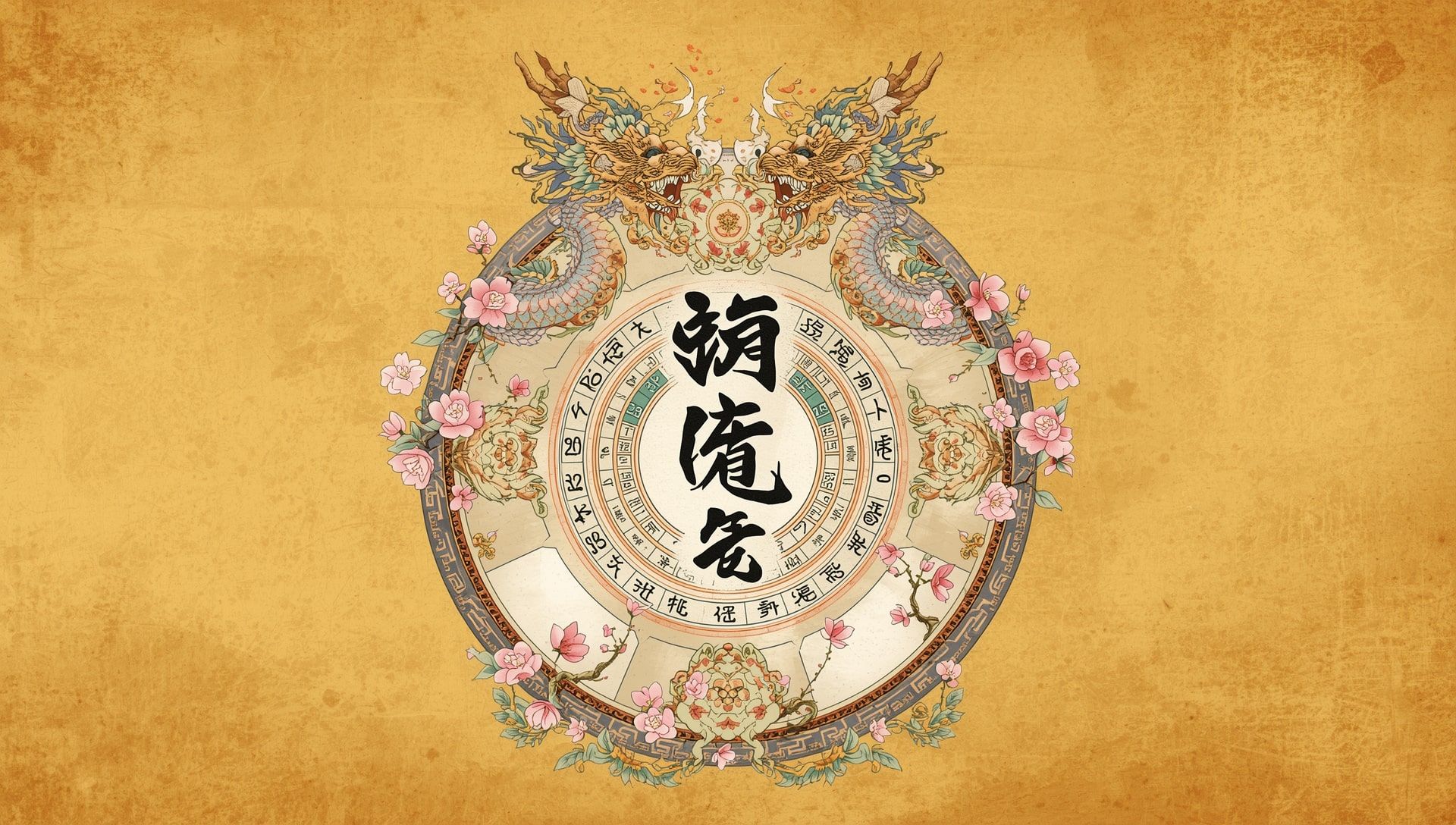The way we count time feels so normal that most people never question it. But the calendar on your phone, your wall, and your planner is the result of centuries of debate, astronomy, and politics. The Gregorian calendar didn’t appear overnight. It was born out of frustration, faith, and the relentless pursuit of precision.
The Gregorian calendar replaced the older Julian calendar to fix drifting dates and better align human time with the solar year. Its adoption spread gradually across the globe, shaping how the modern world measures time today.
The Problem With the Julian Calendar
The Julian calendar came first, introduced by Julius Caesar in 45 BCE. It was a remarkable improvement for its time. Before it, Roman months were chaotic, manipulated by leaders who added or skipped days for political advantage. The Julian reform simplified everything by establishing a 365-day year with one extra leap day every four years.
However, there was one small problem that would grow into a massive one over centuries. The true solar year is not exactly 365.25 days but closer to 365.2422. That small difference of 11 minutes per year caused the calendar to drift by about one day every 128 years. Over time, seasonal events like the spring equinox started arriving earlier and earlier according to the calendar, creating confusion for religious festivals like Easter.
By the 1500s, the Julian calendar had drifted roughly 10 days from the solar year. The spring equinox, which should have fallen on March 21, was occurring around March 11.
The Church Steps In: Why Easter Started It All
The Catholic Church depended on accurate timing to determine the date of Easter, which was supposed to align with the spring equinox. But as the calendar drifted, Easter kept creeping earlier. Church leaders saw this as more than an inconvenience—it threatened the harmony of religious life.
In the 16th century, Pope Gregory XIII decided to act. His goal was to realign the calendar with the Sun and stabilize the date of Easter. He appointed astronomers and mathematicians, including Christopher Clavius and Aloysius Lilius, to design a correction that would last for millennia.
The Great Reform of 1582
The Gregorian reform did two major things: it deleted 10 days from the calendar and changed the leap year rule. To reset time, Pope Gregory declared that October 4, 1582, would be immediately followed by October 15, 1582. People across Catholic Europe went to bed and woke up in a new world 10 days ahead.
The leap year adjustment was equally brilliant. Instead of adding a day every four years without exception, the new rule said that century years (like 1700, 1800, 1900) would not be leap years unless divisible by 400. This tiny tweak corrected the Julian error and keeps the calendar accurate within one day every 3,200 years.
If you ever wonder why the year 2000 was a leap year but 1900 was not, thank the Gregorian reform. It keeps our seasons consistent with the calendar year.
Who Adopted It First—and Who Resisted
The first countries to adopt the Gregorian calendar were Catholic nations such as Italy, Spain, Portugal, and Poland in 1582. Others resisted for centuries, often for political or religious reasons. Protestant and Orthodox regions viewed the reform as a Catholic scheme, preferring to stick with the old Julian system.
- France: Adopted in December 1582, only two months after the papal decree.
- Germany: Adoption varied by region. Catholic states switched early, while Protestant ones waited until 1700.
- Britain and Colonies: Switched in 1752, jumping from September 2 to September 14 overnight.
- Russia: Held on until after the Bolshevik Revolution, finally changing in 1918.
- Greece: Became the last European country to adopt it in 1923.
| Country | Adoption Year | Days Skipped |
|---|---|---|
| Italy | 1582 | 10 |
| Germany (Protestant regions) | 1700 | 11 |
| Britain | 1752 | 11 |
| Russia | 1918 | 13 |
| Greece | 1923 | 13 |
The Global Spread of the Gregorian System
Colonization and globalization carried the Gregorian calendar across continents. As European powers expanded their influence, so did their method of keeping time. Trade agreements, navigation, and communication all demanded a shared standard. Over time, even non-Christian nations adopted it for practical purposes.
Japan officially switched in 1873 as part of modernization efforts. China adopted it in 1912 with the founding of the Republic, though traditional lunar celebrations continued. Turkey made the change in 1926 as part of secular reforms. By the 20th century, the Gregorian calendar had become the global default, used for business, science, and international coordination.
- The Gregorian calendar improved accuracy from one day every 128 years to one day every 3,200 years.
- Only century years divisible by 400 are leap years (1600, 2000, 2400).
- Countries that switched late had to skip 12 or 13 days instead of 10.
- Even today, some religious groups still follow the Julian calendar system for festivals.
Why the Gregorian Calendar Works So Well
Its genius lies in balance. The Gregorian calendar respects the natural year while staying simple enough for everyday use. It matches the rhythm of the seasons, supports global communication, and works seamlessly for scheduling and planning events.
Even in the digital era, the structure remains unchanged. Computers, satellites, and financial systems all rely on it. The small adjustments made in 1582 now power the global synchronization of time itself.
The Human Side of Timekeeping
The story of the Gregorian calendar is not just about numbers or astronomy. It’s about people trying to live in harmony with the cosmos. When leaders, scholars, and priests debated how to count days, they were really asking: how do we align human life with the rhythm of the Earth?
Calendars are our collective agreement about time. They decide when we work, rest, celebrate, and reflect. The Gregorian calendar became the world’s clock not because it was imposed, but because it worked better for shared life.
A Calendar That Connects Us All
Today, no matter where you stand on the planet, your watch follows the same rhythm designed centuries ago. The Gregorian calendar quietly binds humanity through a shared structure of days and years. It is both ancient and modern, scientific and social.
The next time you flip a page or tap a digital date, remember that it carries the legacy of a papal decree, astronomical insight, and human effort to bring order to time. The calendar you use each day is proof that even across cultures and centuries, we can agree on how to count the weeks and days together.
